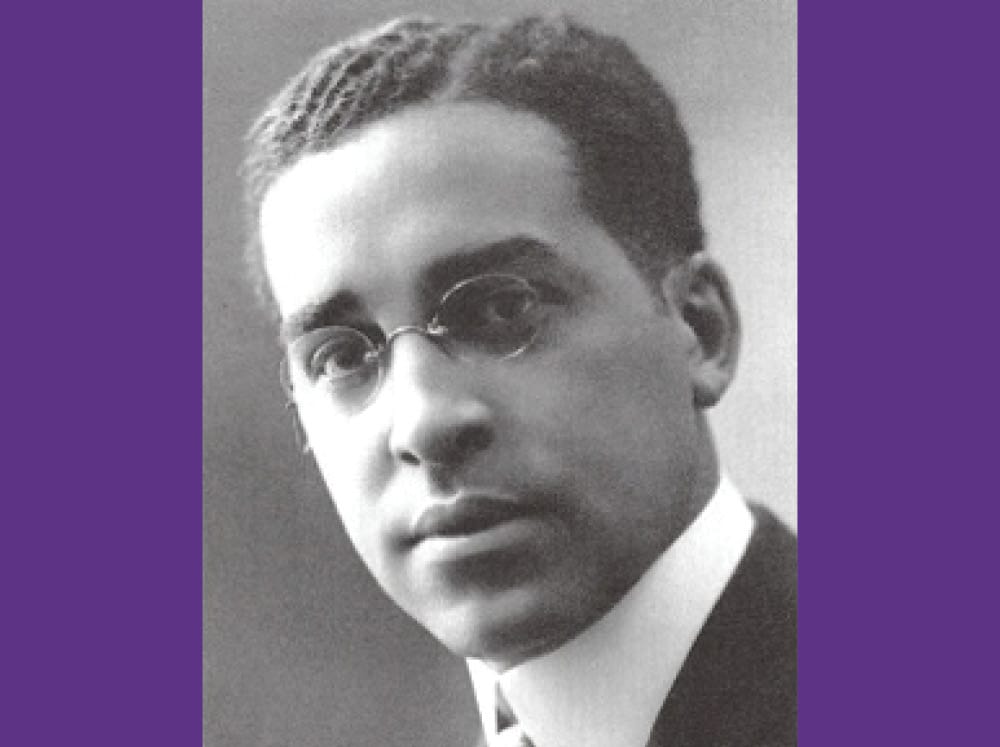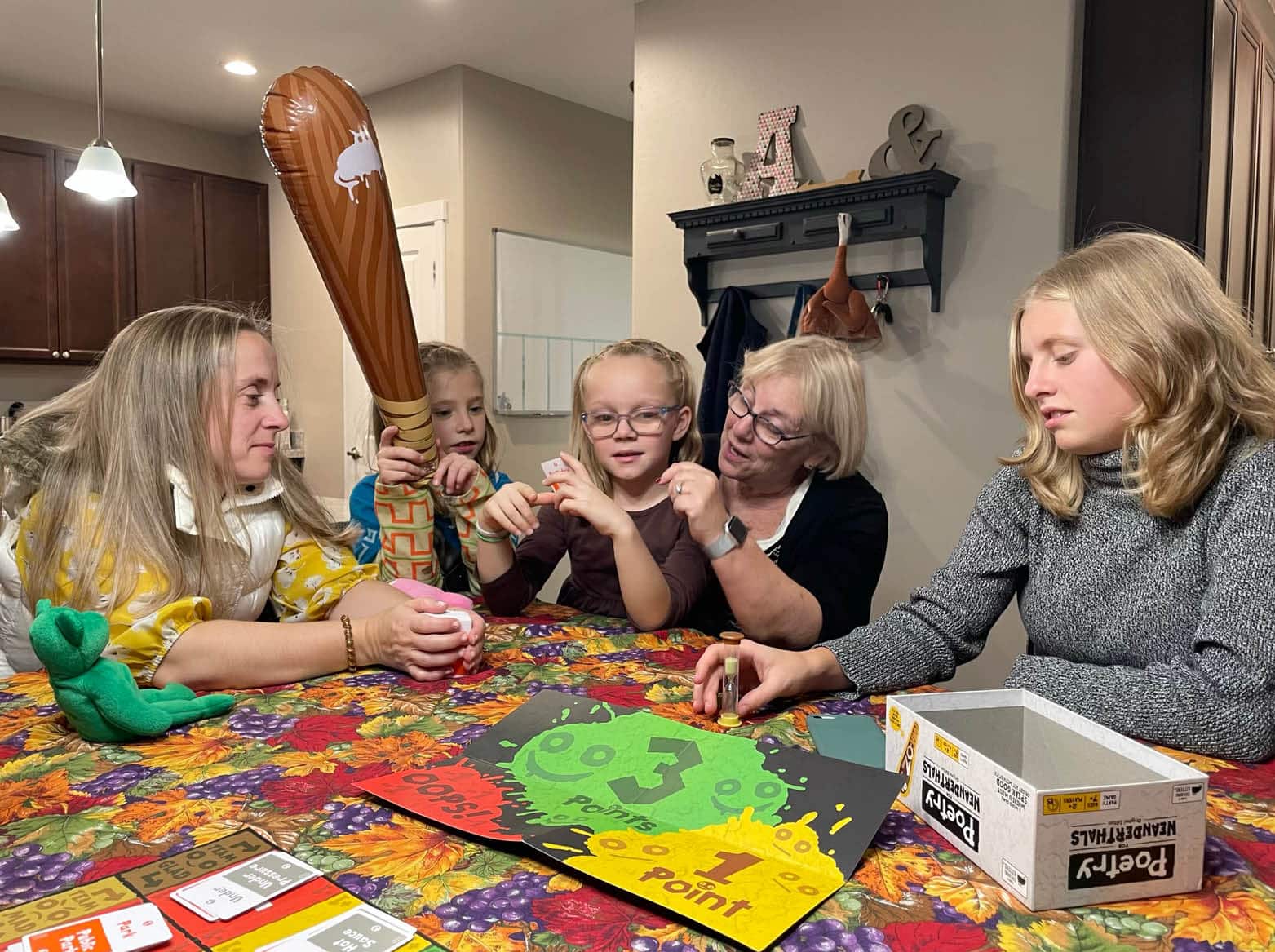Written by Ali Hodge, Class of 2009
One Central High School alumni played an important role in the building of America — literally! Clarence Wigington was an African-American architect who, after graduating from Omaha High School (later renamed Omaha Central High School) in 1902, moved to Saint Paul, Minnesota and became influential in his field.
Wigington’s career started at the International Trans-Mississippi Exposition, a world’s fair held in Omaha in 1899. At this event, he won three prizes at an art competition: charcoal, pencil, and pen. This early artistic talent evolved into a career in architecture. After graduating high school in 1902, he worked for notable Omaha architect Thomas Kimball, becoming the city of Omaha’s first African-American architect. He was quickly promoted to junior draftsman, and he started his own firm in 1908. Local credits to his portfolio include an addition to St. John’s AME Church, the rebuilding of Zion Baptist Church after the city’s 1913 tornado, and the Bloomfield and Crutchfield Apartments — now on the National Register of Historic Places. In 1914, he moved to Saint Paul, Minnesota where he began work with the City of Saint Paul as America’s first Black municipal architect. By 1917 he had been promoted to the position of senior architectural designer.
Wigington served the City of Saint Paul, Minnesota for 35 years and was responsible for nearly 100 building designs, including most of the buildings for Saint Paul Public Schools, the downtown St. Paul Police Station, the Roy Wilkins Auditorium, and the Palm House and the Zoological Building at the Como Park Zoo. He also designed the building which originally hosted the North Carolina State University at Durham. Sixty of his buildings still stand in Saint Pual, Omaha, and Durham, and many are listed on the National Register of Historic Places.
At one point in his career, the U.S. Census recorded him as one of only 50 African-American architects in America. Wigington’s architectural legacy is one of the most significant bodies of work by an African-American architect, and an important contribution to the history of American urban development.
Outside of his career, Wigington was committed to his country and committed to fighting against racial injustice. He founded the Home Guards of Minnesota, an all-Black militia established in 1918 when racial segregation prohibited his entry into the Minnesota National Guard during World War I. As the leader of that group, he was given the rank of captain.
Wigington’s career wound down after World War II. He retired from the City of Saint Paul in 1949 but kept a private practice going in St. Paul and Los Angeles, where he lived, with his wife Viola, from 1949 to 1958. They returned to St. Paul in 1958, then moved in 1963 to be with their daughter Muriel in Kansas City, Missouri. Wigington passed away on July 7, 1967, and is a member of the Central High School Hall of Fame.
Sources: The City of Saint Paul Historical Society; Millett, Larry. Guide to the Twin Cities: the Essential Source on the Architecture of Minneapolis and St. Paul. 2007.


